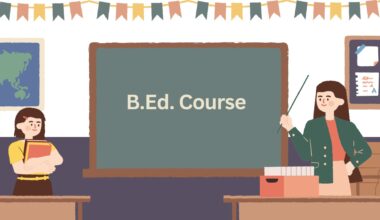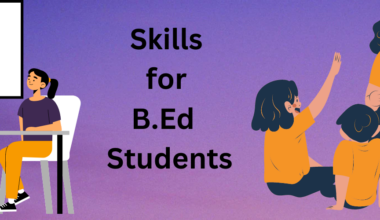The student’s attention is impulsive and can break in a second. Memory conceptualization is a thorough process that simplifies the understanding of a student’s memory and attention span. Students’ Memory Processes may have individual differences based on their cognitive ability.
Memory issues in students are seen due to the problem of encoding or registering information in memory, in accessing or retrieving information from long-term memory or in storing or consolidating information in long-term memory, etc. The manifestation of these deficits can be from anywhere, but it’s up to the parents or mentors to help students get through it.
We all have been in this situation. Neuroscience and cognitive psychology have taught us how memory works.
Learning is the process of acquiring knowledge and can’t be forced until students are ready. Analyzing pre-attained knowledge through reliable modes of evaluation can help you chart out the process timely.
Teachers teach for weeks, plan for the test, conduct tests and get disappointing results. Whom to blame? Who is at fault? After a strenuous teaching process, the results are null; what is the possible reason? The reason is they are not taking their short-term memory into long-term memory. Information stays in our long-term memory and is an essential part of learning and processes during the time we sleep.
Understanding different type of memories helps teachers to frame their model or instruction, how and when it can be used for engagement, etc. Maybe it’s something that can help memory grow. Memory orientation is a multi-step process that works gradually one after another.
How to Improve Students’ Ability to Remember?
Background Knowledge
Assimilating new information with the existing one can help in forming lifelong concepts. Activating your mind to receive signals and add new concepts through neural pathways will strengthen the learning capacity. It helps the teacher to coagulate the base and shield it with new learning material. This can help in learning think/pair/share activities, KWL charts, word websites, Concept mapping and videos are all strategies.
Repetition
The easiest way to increase the working memory is to ask students to paraphrase what they have learned and repeat sentences on their own to expand their memory. Knowing that you can ask them will eventually bring their attention to the lessons, and they will get the ability to listen and speak to activate working memory models.
Relevance
The abundance of unreliable and irrelevant information can make it distracting for students and teachers. The relevance of data should be given the topmost importance. Train students to identify and focus on the relevance of reliable information. Don’t overburden your students with information; they may not remember it for long. Let them know what’s important and whatnot.
Short-term Recall
There is a lot to learn & remember, and students may forget it after a while. Honing short-term recalls may improve their memorization. Introduce mathematical word problems to help them identify, remember and simplify data by collecting information and sorting it as per their capability from time to time.
Remark Visuals
Enhance and engage multiple components of working memory by using pictures. Learn to create pictures in your mind to make it comprehensive. An enhanced visualization can make it comprehensive for a better visual approach.
Students’ memory processes work very delicately. Students rely on their parents or teachers during their early years and memory framed during this time may not last long but the milestones achieved become permanent. For instance, students may not remember how they learned to walk, but the act of walking becomes permanent.






